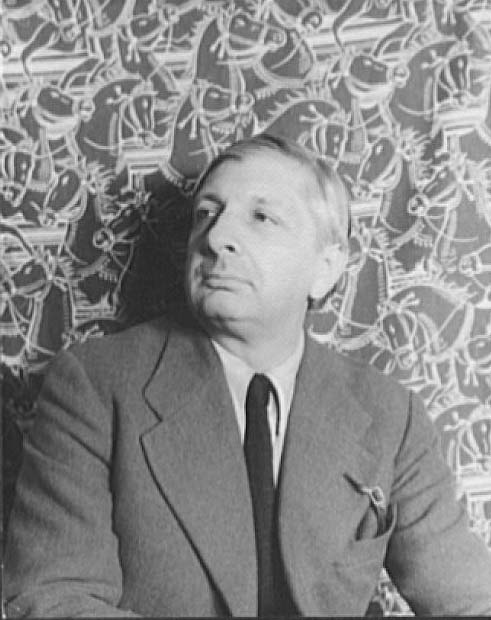For this Minestrone Soup recipe the quantities and the ingredients are not precise and are left to individual taste–the ‘art’ of cooking.

Start With The Perfect Tomato
The tomato is a gift to the world from the Aztecs and South America.
For this Minestrone Soup recipe the quantities and the ingredients are not precise and are left to individual taste–the ‘art’ of cooking.
Here is one of the recipes by Pellegrino Artusi, including the famous anecdote about his experience that went along with it. It is a typical recipe of Artusi: the quantities and the ingredients are not precise and are often left to individual taste. Although “Science” is in the title of his book, the word referred to the fact that the recipes were tested and re-tested multiple times. The term “Art” more accurately describes the way the cook was to bring the recipe to fruition.
“In the summer of 1855 I was in Livorno, cholera was slithering here and there in many provinces of Italy, and had everyone dreading a general epidemic, which in fact burst out forthwith. One Saturday evening I went into an inn and asked ‘What kind of soup do you have?’ ‘Minestrone,’ came the answer.
‘Bring me the minestrone,’ said I. I dined, took a walk, and went to bed, in a room in a spanking new hotel owned by a Mr. Dominici, in Piazza del Voltone. During the night my insides rebelled in a most frightful manner, and I went to and from the privy until dawn, damning the minestrone all the while.
The next morning I fled to Florence, where I recovered immediately. Monday came the sorry news that cholera had broken out in Livorno, and Mr. Dominici had been the first fatality – minestrone indeed!
After three attempts, improving on the dish each time, this is how I like to make it. Feel free to modify it to suit tastes of your part of the world, and the vegetables locally available.
I should warn you that this is not a soup for weak stomachs.” From Artusi, Pellegrino. Science in the Kitchen and the Art of Eating Well. Introduction by Luigi Ballerini; Translated by Murtha Baca and Stephen Sartarelli. Toronto: University of Toronto Press, 2003.
* From Artusi, Pellegrino. Science in the Kitchen and the Art of Eating Well. Introduction by Luigi Ballerini; Translated by Murtha Baca and Stephen Sartarelli. Toronto: University of Toronto Press, 2003.
Approximate measurements– adjust to taste and what is on hand
6 cups of broth
3/4 cup of beans
1/4 Savoy cabbage, chopped
1 bunch fresh spinach, chopped
2 stems of chard, sliced into thin ribbons
1.5 ounces (40 grams) fatty prosciutto, chopped fine
1 clove of garlic, chopped
1 sprig of parsley, chopped
2 carrots cut into short, thin slices
1 celery stock cut into short, thin slices
1 potato cut into short, thin slices
1 zucchini cut into short, thin slices
1 small onion cut into short, thin slices
Pork rind, chopped (optional)
2 tbs tomato paste
1/4 – 1/2 cup rice
Parmesan for garnish
Start by making the usual meat broth, and cooking in it a handful of shelled fresh beans. If the beans are dry, then simmer them in water until they soften. Then cut some Savoy cabbage, spinach and a little chard into thin slices, and soak them in cold water. Then, to get the water out of the vegetables, place them on the fire in a dry saucepan. Drain the contents well, pressing them firmly with a wooden spoon to get rid of excess water. For a minestrone that serves four to five people, finely chop 40 grams of fatty prosciutto, a clove of garlic, and a sprig of parsley, and sauté them together. Add this to the saucepan, along with some celery and carrots, one potato, one zucchini, and very little onion, all cut into short, thin slices. Add the beans, and if you wish, some pork rind (as some people do), and a bit of tomato sauce (recipe #6) or tomato paste. Season with salt and pepper and cook in the broth. As the last ingredient, add enough rice to absorb most of the liquid, and before removing the minestrone from the fire throw in a good pinch of Parmesan cheese.

The tomato is a gift to the world from the Aztecs and South America.

In April, sweet sleep.

This month’s essay explores the life and work of Giorgio de Chirico, an important Italian artist and author of the 20th century. He was a leader in the metaphysical painting movement and celebrated by the surrealists and later in life embraced Renaissance and Baroque styles of painting,

Get updates on special events!